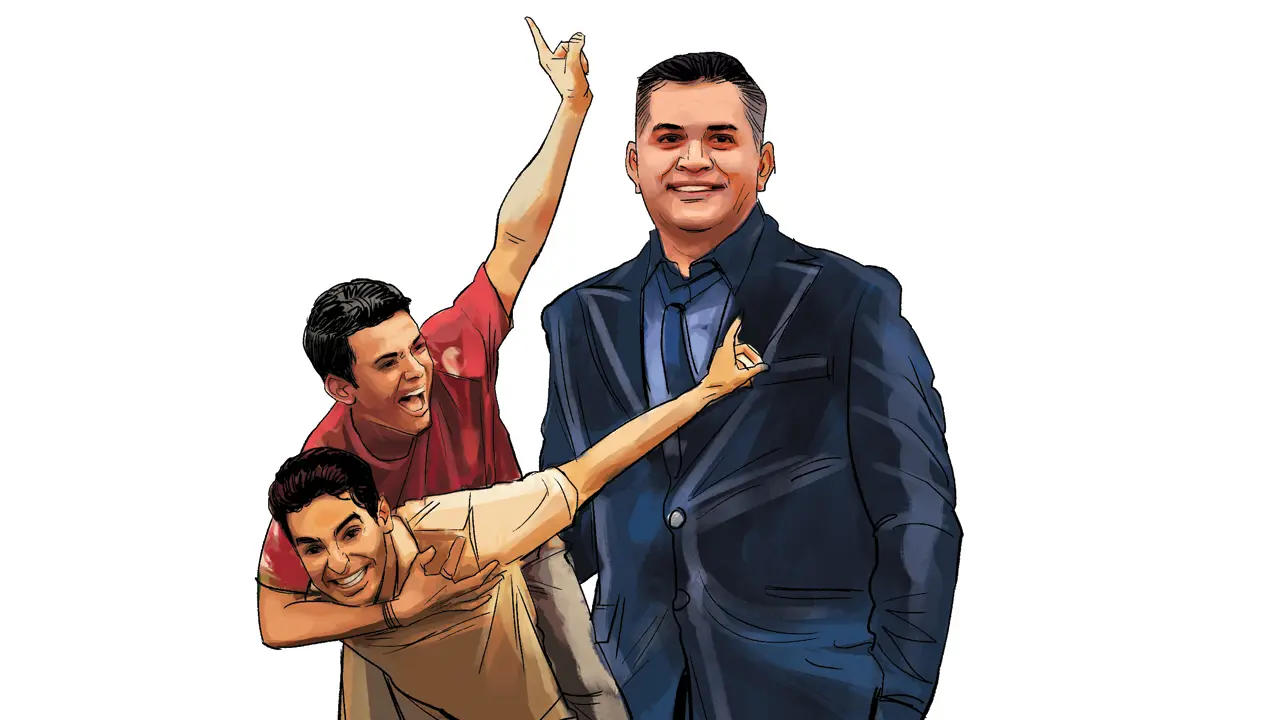[ad_1]

“When a reporter is trying to figure out a way of getting through crumbling roads to cover a landslide that has killed many, they cannot check on what every other news organisation is reporting. This is often the job of the editor”. File
| Photo Credit: PTI
As I edited his story, I wondered how the parents of the children who had died, most of them situated in a single lane in that village, were coping. It wasn’t just the grief of losing their own child, but also the collective loss of friends’ and neighbours’ children. I wasn’t there, but to tell the story to readers, I had detailed conversations with the reporter, forcing him to recall everything he had seen and heard, again. The reason is that editors must know all the details, and then craft communication. We learn to temper words, measuring them out so readers know the truth, so they are disturbed enough to call for action, to hold people in the administration accountable. But we try and make sure not to trigger trauma.
A reporter can spill their guts out onto the page, trying to exorcise some of the images that embed themselves into their minds and bodies. It is sometimes left for the editor to mop up the blood, to make sure the body of words is dressed (but not dressed up), so readers can cope with their own grief.
The day before my conversation with the young reporter, there had been midnight protests across India’s cities against the rape and murder of a doctor in a state-run hospital in Kolkata. I had not been able to go for them; work keeps us up most nights so the newspaper can come to your doorstep with your morning coffee. But I saw images and heard from our reporters in Kolkata that they had not been able to sleep. One of them was witness to the violence that erupted at the hospital. Unlike reporters who feel the blast of a tragedy, editors face lashes of micro-grief. But these add up.
Grief, we are told by Dr. Elisabeth Kübler-Ross, in her book On Death and Dying, has five stages: denial, anger, bargaining, depression, and acceptance. Most journalists can only afford time to feel anger and acceptance, both of which editors hold space for reporters to express — they have seen horrors we only look at in pictures and videos.
Editors must sometimes keep track of stories much more than reporters do. When a reporter is trying to figure out a way of getting through crumbling roads to cover a landslide that has killed many, they cannot check on what every other news organisation is reporting. This is often the job of the editor, who, seemingly coldly, will ask questions like, ‘So should we say 300 people or the official 200 people (have died)?’
‘The desk’ as we are called, provides the anchoring in the newsroom, asking the reporter questions that readers will want to know answers to, sometimes filling in the context of what is happening on ground, sourcing ‘library’ information of other such events in the past.
As we prepared to edit a long-form story on the Kolkata doctor, an editor colleague and I spoke about the nuts of bolts of story structure and the use of other literary tools so we could try and ensure that the story travelled through space and time, to other places in the world, to future generations.
Second-hand grief is like second-hand smoke. The toxicity embeds itself in our bodies, shortening our sleep, forcing us into grieving, not just for victims and survivors, but also for reporters, for readers, and for the way the world is.
sunalini.mathew@thehindu.co.in
[ad_2]
Source link





